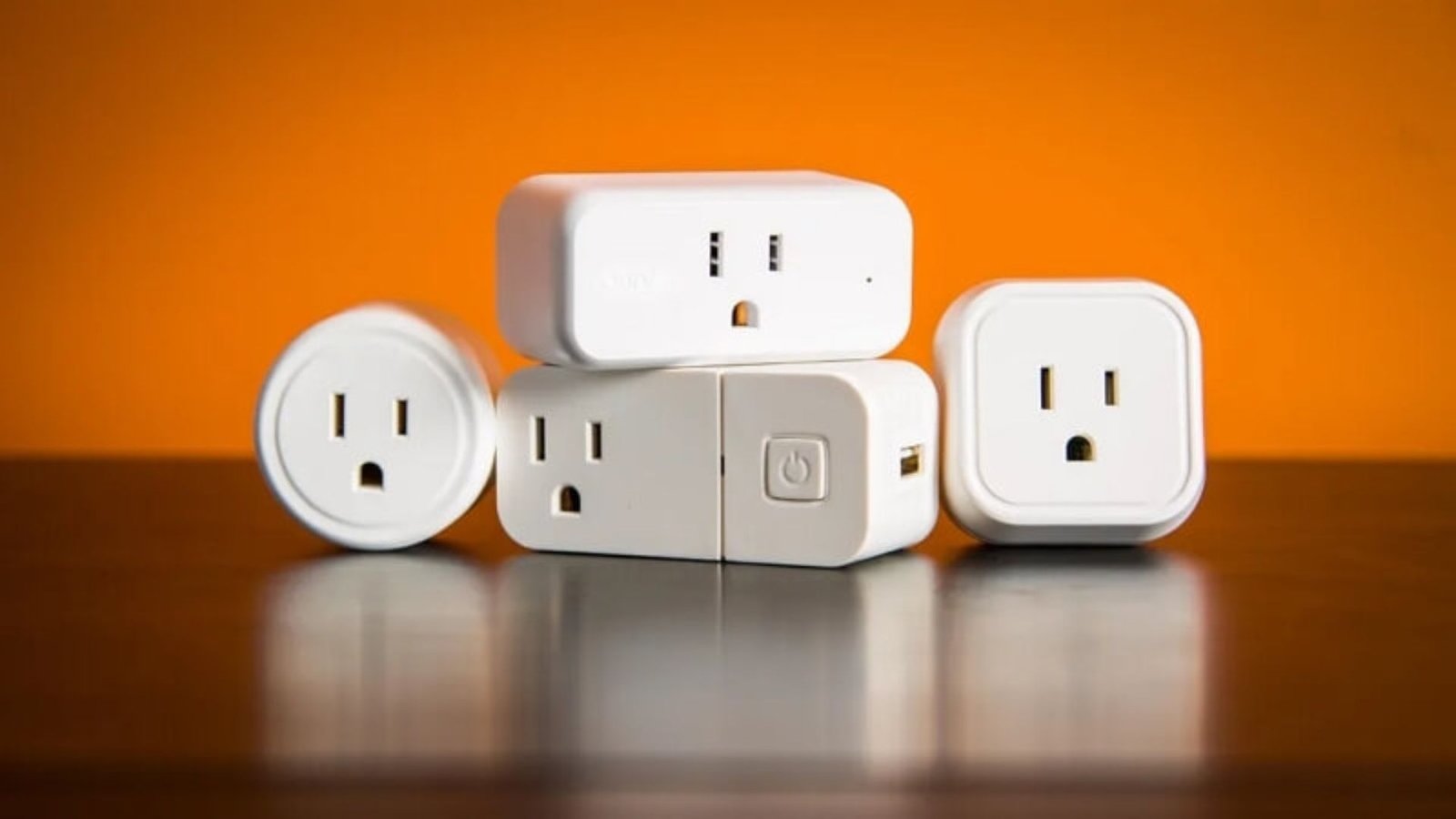Wearable electronics are quickly becoming an essential part of our daily lives. From fitness trackers to smartwatches, these devices have transformed how we interact with technology. As the demand for more convenient, hands-free devices grows, wearable electronics are advancing rapidly. This article explores the rise of wearable technology, its impact on various industries, and what the future holds for these innovative devices.

What Are Wearable Electronics?
Wearable electronics refer to electronic devices designed to be worn on the body. These devices can monitor health, enhance productivity, or improve entertainment experiences. Wearables often come in the form of wristbands, smartwatches, glasses, or even clothing that incorporates sensors and other technological components.
A prime example of wearable electronics is the fitness tracker. These devices can monitor physical activity, track steps, measure heart rate, and even monitor sleep patterns. Similarly, smartwatches combine the functionality of a traditional watch with advanced features such as notifications, health monitoring, and GPS tracking.
Wearables are becoming smaller, more powerful, and more integrated with other technologies. This has allowed them to serve a wide range of functions, from health tracking to personal communication.
The Impact of Wearable Electronics on Healthcare
One of the most significant impacts of wearable electronics is in the healthcare industry. Wearable devices allow users to monitor their health in real-time, providing valuable data for both individuals and healthcare providers. Smartwatches, for example, can track heart rate, monitor blood oxygen levels, and detect irregularities in a person’s pulse.
This data can help users stay proactive about their health and well-being. In some cases, wearable electronics can even alert users to potential health risks, such as abnormal heart rhythms. Furthermore, healthcare professionals can use this data to offer personalized treatment plans, ultimately improving patient outcomes.
Wearables also play a crucial role in managing chronic conditions. Devices can track symptoms, medication usage, and overall health metrics, helping individuals stay on top of their medical needs. With more advanced technology, wearables may eventually help diagnose illnesses and monitor recovery in real-time.
The Role of Wearables in Fitness and Sports
Fitness enthusiasts and athletes have greatly benefited from wearable electronics. Devices such as fitness trackers and smartwatches offer insights into physical performance, enabling users to optimize their workouts. These wearables monitor vital stats like heart rate, calories burned, and distance traveled, which are essential for anyone looking to improve their fitness levels.
Moreover, wearable electronics are becoming an essential tool for professional athletes. For example, sports teams use wearables to track players’ physical conditions during training and games. These devices provide coaches with valuable data to enhance performance and reduce the risk of injury. In this way, wearables contribute not only to personal fitness but also to the improvement of professional sports.
With technology advancing, wearables now offer features like GPS tracking for runners and cyclists, personalized workout recommendations, and even virtual coaching, making them indispensable for fitness enthusiasts.
Wearable Electronics and Everyday Convenience
Wearable electronics are not only about health and fitness; they also offer increased convenience in daily life. Smartwatches, for instance, allow users to check messages, make calls, and control smart devices all from their wrist. These devices integrate seamlessly with other technologies, creating a more connected experience.
In addition, wearables like augmented reality (AR) glasses are changing how we interact with the world around us. These glasses provide real-time information, such as navigation directions or notifications, directly in a user’s line of sight. This hands-free access to information is not only convenient but also improves safety, especially in environments where looking at a smartphone could be distracting or dangerous.
Wearable electronics are streamlining daily tasks, allowing users to be more efficient and connected without ever having to pull out their phone or other devices.
Conclusion
Wearable electronics represent the next frontier in personal technology. They have already made a significant impact on healthcare, fitness, and daily convenience, and their potential is far from exhausted. As technology continues to evolve, wearables will become even more integrated into our lives, offering smarter, more seamless experiences. The future is bright for wearable electronics, and we can expect them to play a key role in shaping the future of technology.











